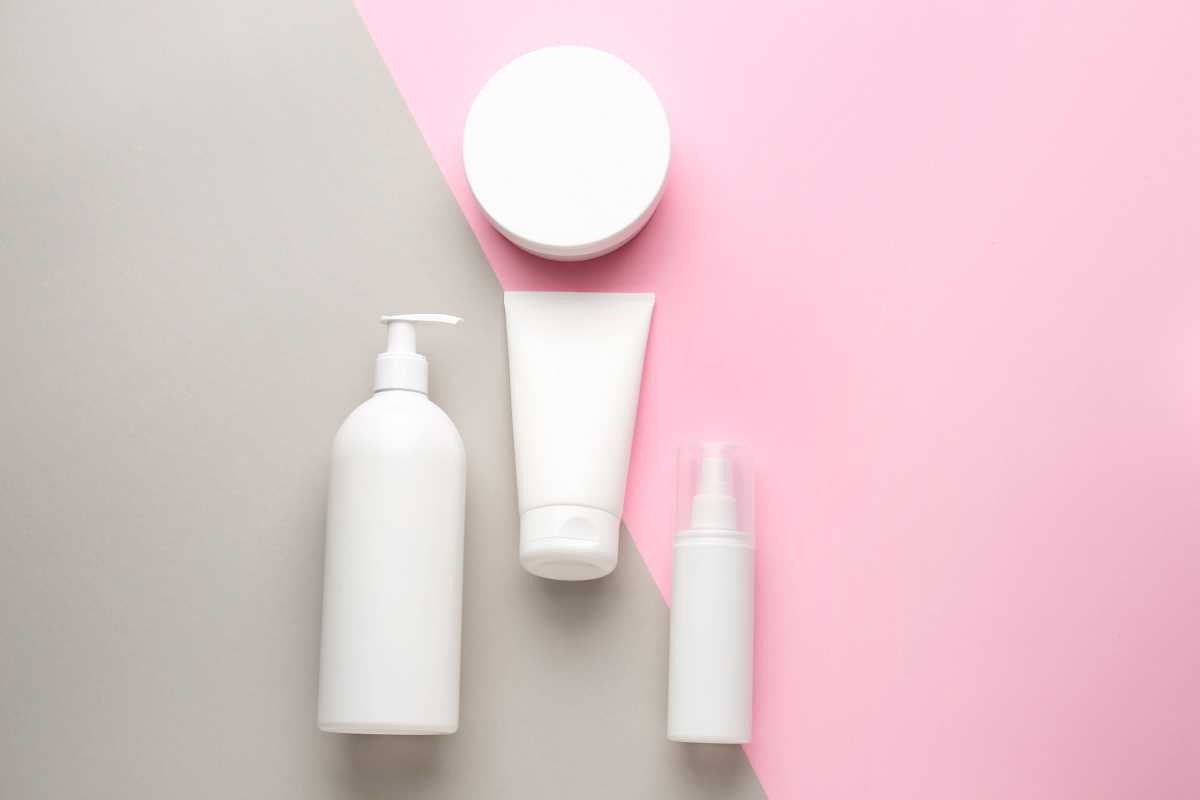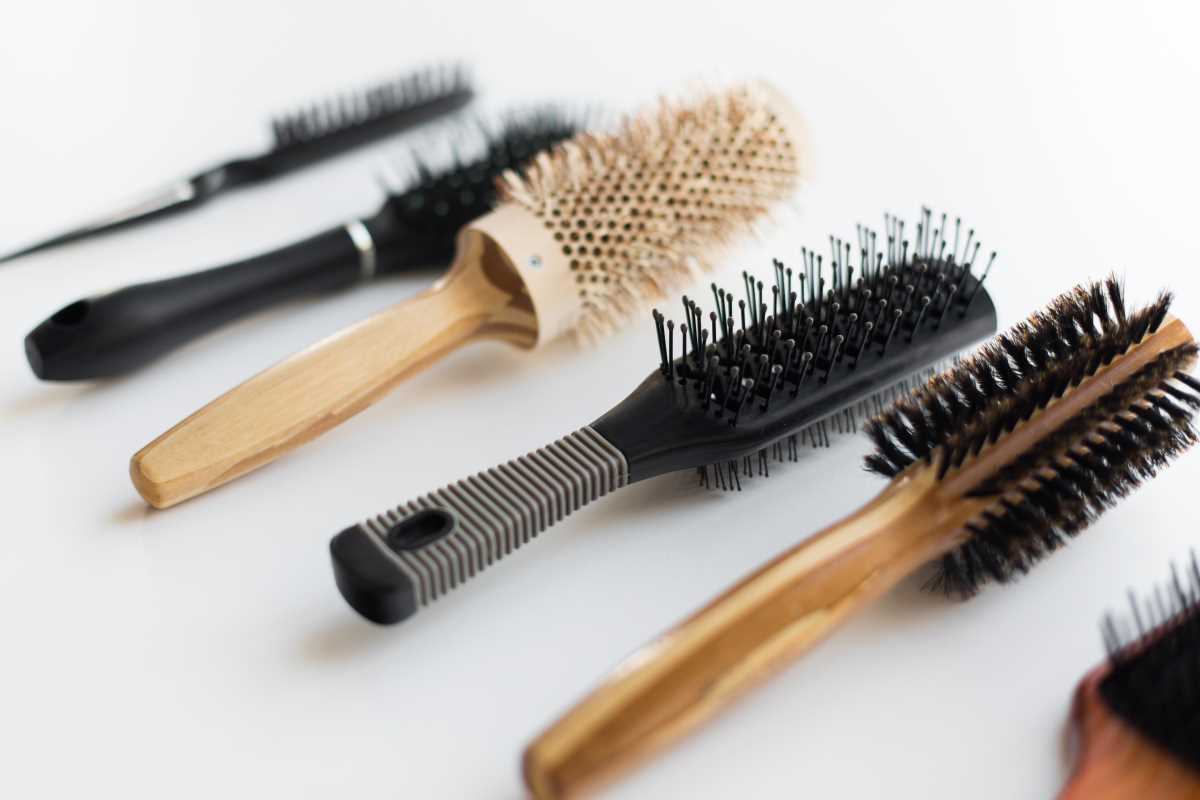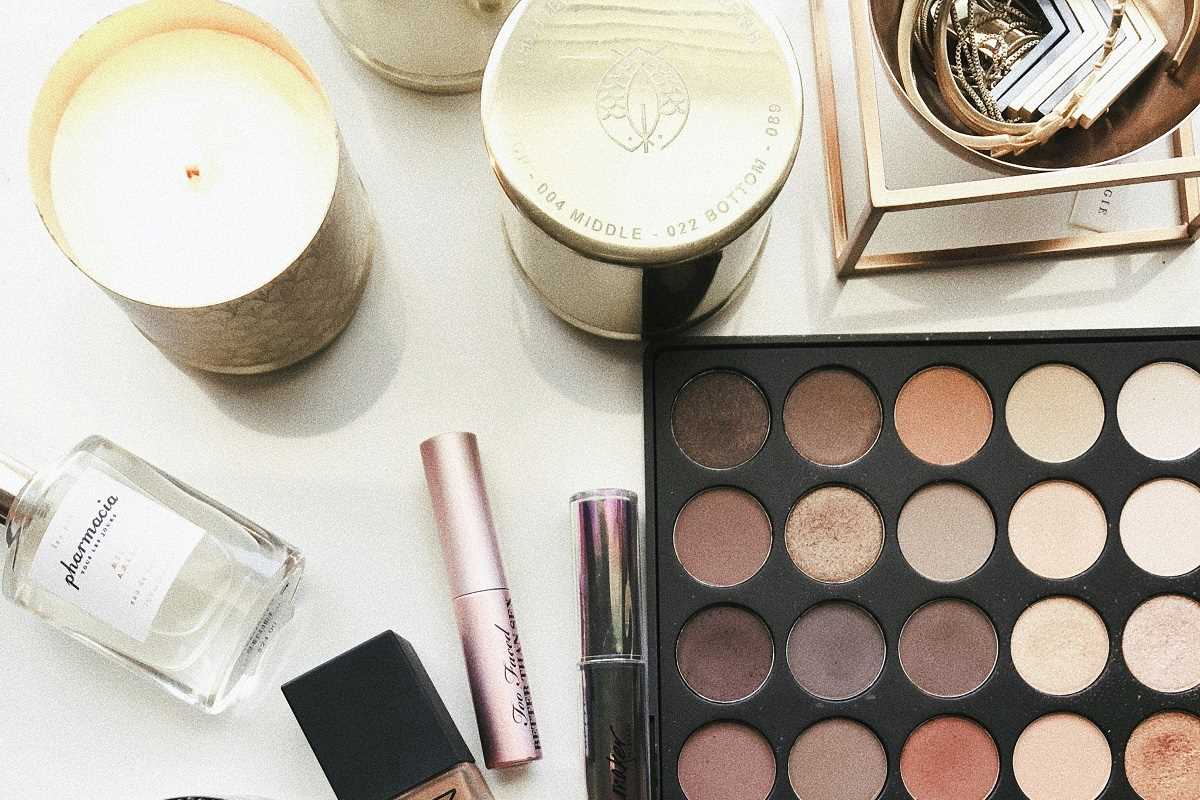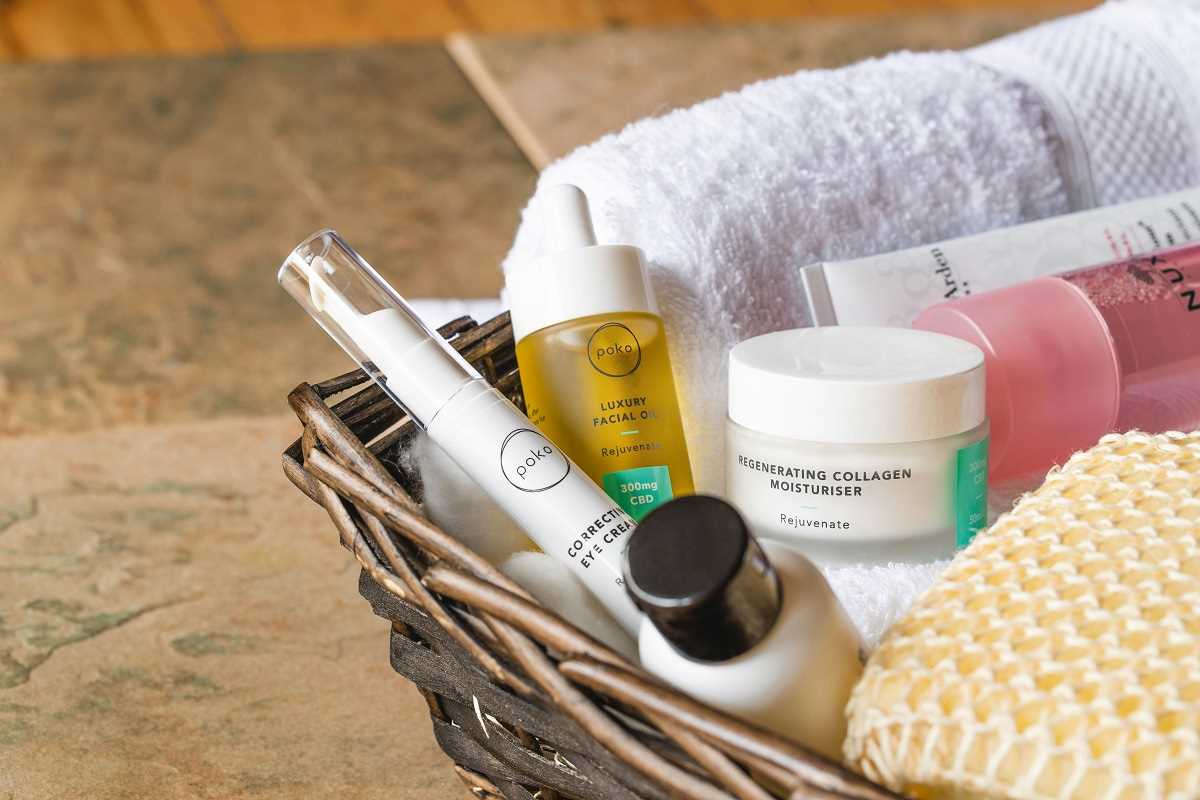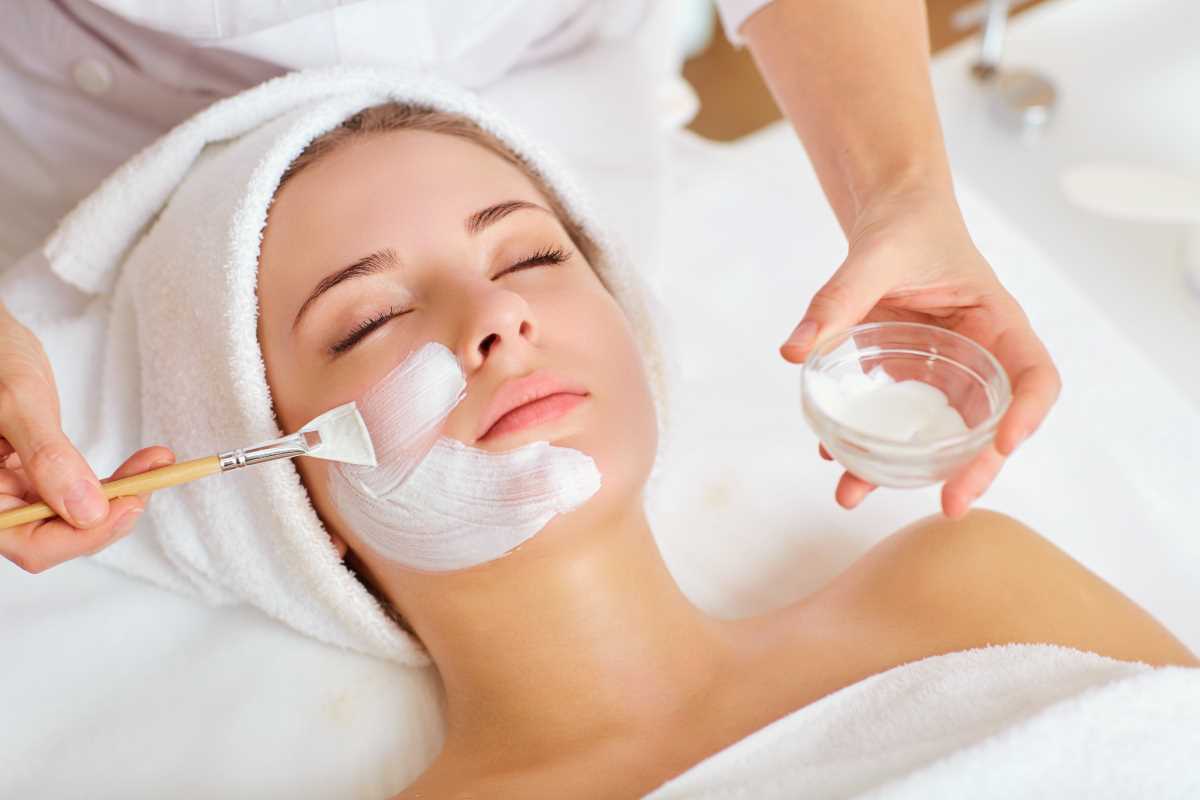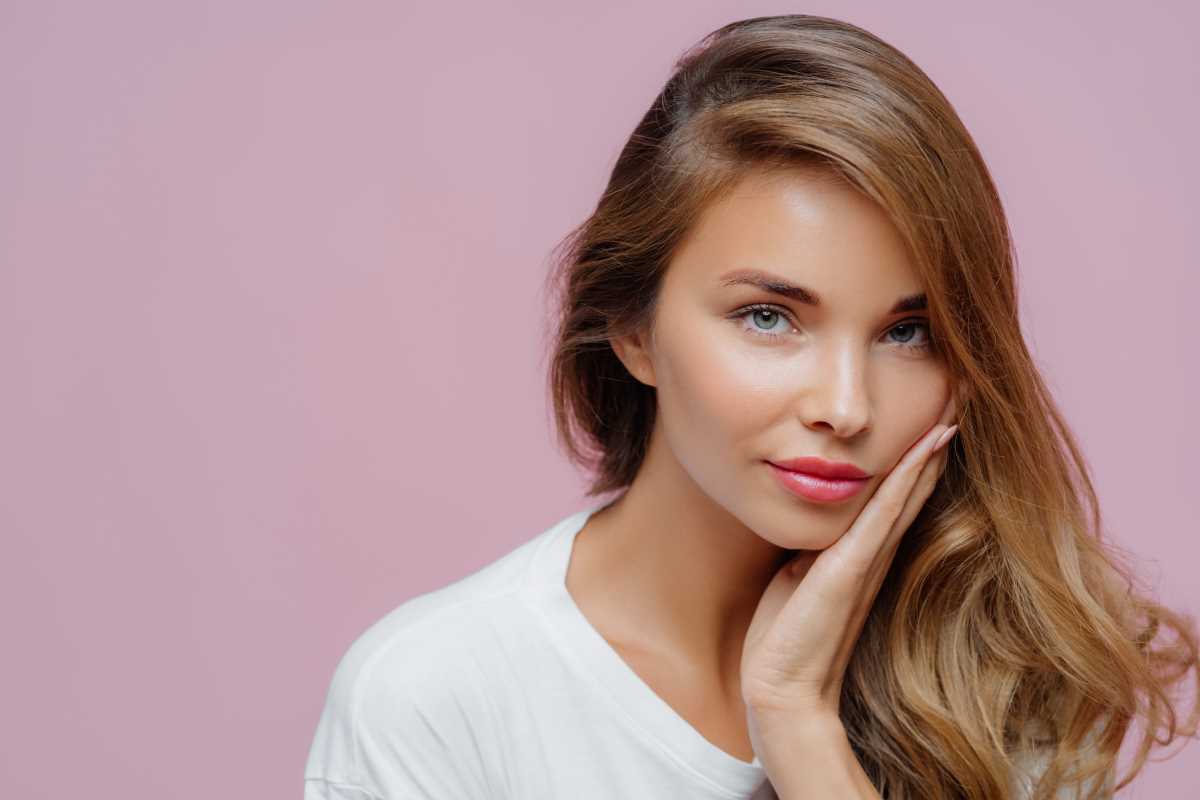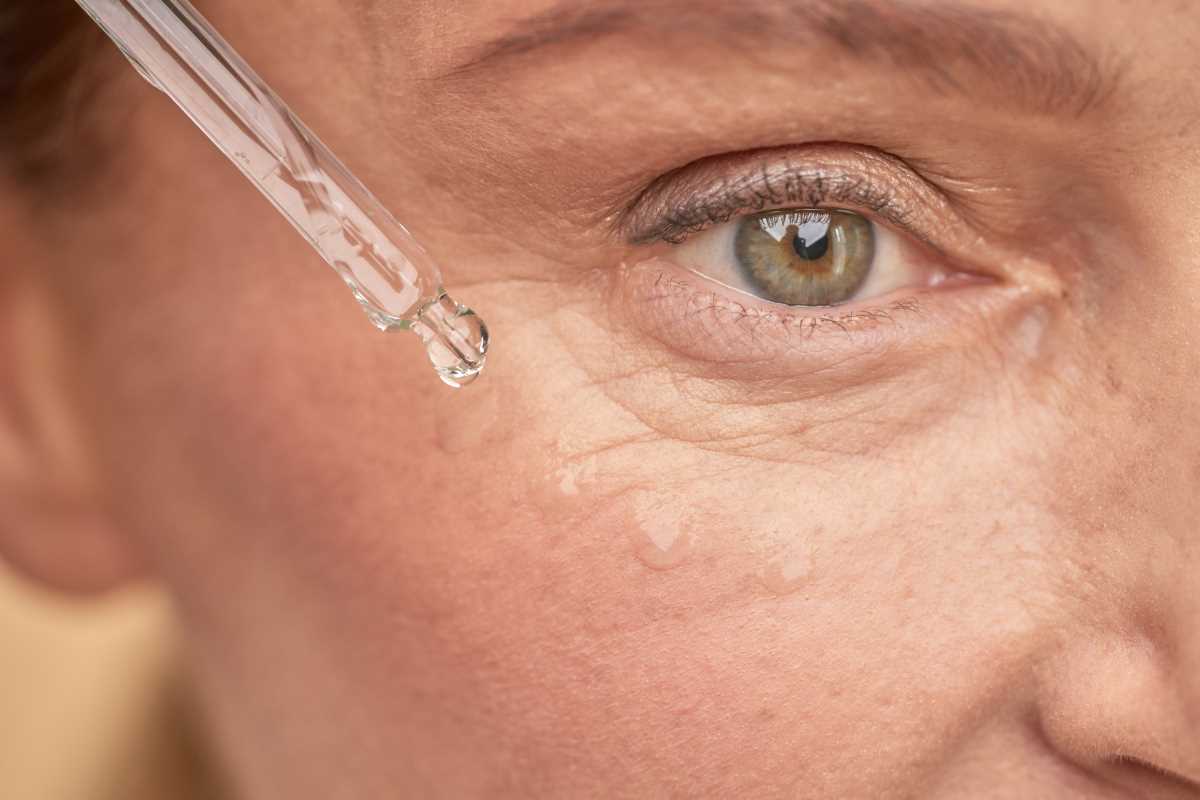Blackheads, those pesky pore blockages we all dread, aren't just a teenage problem—they can affect anyone at any age. Characterized by small, dark spots that form due to clogged hair follicles, blackheads are a mild type of acne that appear mainly on the face. This guide explores effective strategies to help clear and prevent blackheads, ensuring your skin stays smooth and healthy.
Daily Cleansing Routine
The foundation of any good skincare regimen, especially for those prone to blackheads, involves thorough daily cleansing. Opt for a gel-based cleanser that contains salicylic acid or benzoyl peroxide. These ingredients are key warriors in the fight against blackheads, helping to break down the keratin and sebum that block pores. Using these cleansers consistently not only helps to clear existing blackheads but also prevents the formation of new ones. It's important to cleanse gently to avoid irritating the skin, which can exacerbate acne issues.
Exfoliation is Key
Regular exfoliation is crucial for removing the dead skin cells that contribute to clogs. Chemical exfoliants such as beta-hydroxy acids (BHAs) are particularly effective because they penetrate deeply into the pores and dissolve the mix of sebum and dead skin cells that lead to blackheads. Glycolic acid, an alpha-hydroxy acid (AHA), offers a more superficial exfoliation, which can also be beneficial in maintaining a clear complexion by promoting new cell growth and reducing the likelihood of pores becoming clogged.
Invest in a Good Retinoid
Retinoids are a powerhouse in skincare, known for their ability to promote cell turnover and reduce sebum production. These properties make them an excellent choice for preventing and treating blackheads. Available both over-the-counter as retinol and by prescription, retinoids help to clear clogged pores and have long-term benefits in maintaining youthful, resilient skin. It’s essential to introduce retinoids gradually into your routine to assess your skin’s tolerance and avoid irritation.
Use Non-comedogenic Products
Switching to non-comedogenic skincare and makeup products can make a significant difference in managing blackheads. These products are specifically formulated to not clog pores, which is crucial in preventing the formation of blackheads. Always check product labels for terms like "oil-free" and "non-comedogenic" to ensure they are suitable for acne-prone skin types.
Weekly Clay Masks
Integrating a clay mask into your weekly skincare routine can be beneficial for drawing out impurities and excess oil from the pores. Natural clays such as bentonite or kaolin are especially effective for this purpose. They absorb excess oils and can help to remove surface-level blackheads while providing a deep cleanse that refreshes the skin.
Hydration is Essential
While it may seem counterintuitive to moisturize oily, blackhead-prone skin, hydration is key to regulating sebum production. A hydrated complexion can actually help to moderate oil levels and prevent the skin from overcompensating with excess oil production, which is a common cause of blackheads. Look for lightweight, water-based moisturizers that contain hyaluronic acid to provide essential hydration without clogging pores.
Professional Treatments
If blackheads continue to be a problem despite your best home care efforts, professional treatments can be an effective option. Dermatologists can perform manual extractions to safely remove stubborn blackheads. Additionally, treatments such as chemical peels or microdermabrasion can offer more intensive exfoliation and cleansing benefits, helping to clear the pores and improve the overall texture of the skin.
Lifestyle Considerations
Lastly, lifestyle factors like diet and hydration can impact the prevalence of blackheads. Diets high in sugar and dairy have been linked to increased sebum production, while a balanced diet rich in antioxidants, omega-3 fatty acids, and zinc can support skin health and reduce acne. Drinking plenty of water is essential for maintaining hydrated and healthy skin from the inside out.
By adopting these practical strategies into your skincare routine and lifestyle, you can significantly reduce the appearance of blackheads and improve your skin's overall health and appearance. Consistency is crucial, so stick with your regimen to see the best results. Remember, every skin type is different, so it may take some time to find the combination of techniques and products that work best for you.

